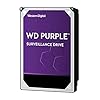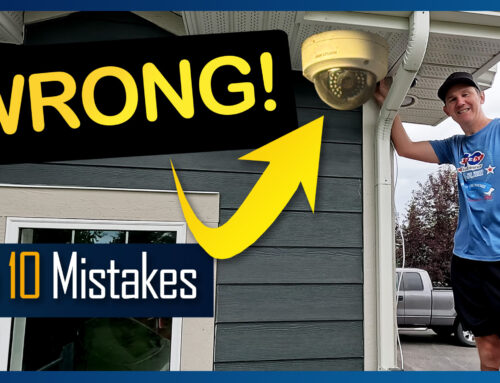Hey Guys,
Today I’m going to walk through the steps of resetting a Windows 10 PC back to factory defaults. This process restores Windows back to day 1; to its out-of-the-box settings and removes all installed programs. But what about your Windows profiles and personal files? Before you start, there are 2 main options you need to be prepared to decide upon; keep data files or delete all data files. I’ll take you through both of these processes and explain the impacts of one option over the next.
Let’s talk about the first option. This one is great if you are having software issues, like Windows updates failures, operating system or Windows crashes or complex errors you just can’t figure out. Also, if your PC is performing slower than normal or if there is just a ton of junk programs on there you just want cleaned out.
Seagate Portable 4TB External Hard Drive HDD – USB 3.0 for PC, Mac, Xbox, & PlayStation - 1-Year Rescue Service (SRD0NF1)
$124.99Option 2 is called; “Remove everything”. This is a more drastic reset and used when there are major application issues you cannot solve, if your PC has a virus you cannot get rid of, it’s the next step if the restore previous option of “Keep my files” didn’t solve your problems, or if you want to start over with a clean slate, like if you were going to sell or repurpose the PC. This process deletes everything which is deleted in the previous option, but “Remove everything” also wipes out all Windows profiles and everything on the C:\ drive. Personal data files are questionable, but we’ll get to that shortly. I’ll be using this PC as a dedicated Security Camera Network Video Recorder running the security camera management tool Blue Iris. I want a brand-new machine with a fresh install and nothing to impact its performance. By the way, these processes won’t impact any BIOS setting like firmware, boot sequence or RAID setup.
Before proceeding with any factory reset, I strongly encourage a backup of critical files such as data files, application settings files and any application license keys you may have in case you want to reinstall an application, after doing the cleanup. I’ll add a link for a good external hard drive in the description below if we need to do a backup before proceeding. I’ll also add a link to the 500GB SSD I have installed on this machine. Not only is it super reliable, it’s incredible fast and should make this recovery process less than 20 minutes.
Let’s go through the process of restoring this PC with option 1 (“Keep my files”). We’ll run through the “Remove everything” option shortly here:
Looking at my Documents folder where there are 3 files. One for Word, another for Excel and one PowerPoint. These files won’t be deleted but the associated programs will. There are some network drives which will get dismounted. In the Pictures folder, I have 5 cat pics, which will be saved. My desktop on the left-hand side should be wiped as these shortcuts are associated with programs that will be uninstalled. On my C:\ drive root, the files here will be saved.
Samsung 860 EVO 500GB 2.5 Inch SATA III Internal SSD (MZ-76E500B/AM)
$109.00Western Digital 8TB WD Purple Surveillance Internal Hard Drive HDD - SATA 6 Gb/s, 256 MB Cache, 3.5" - WD82PURZ
$239.91Alright guys, that covers all the options when resetting Windows 10 back to factory defaults. For me, my next step is to setup my machine as a dedicated Security Camera Recorder, in an upcoming video. I hope that you found this informative in understanding the restore options and how they impact the restore process in what’s saved and what’s deleted. Again, links for the drives are below. Please like and subscribe for more Home Tech projects. Thanks for watching.

















